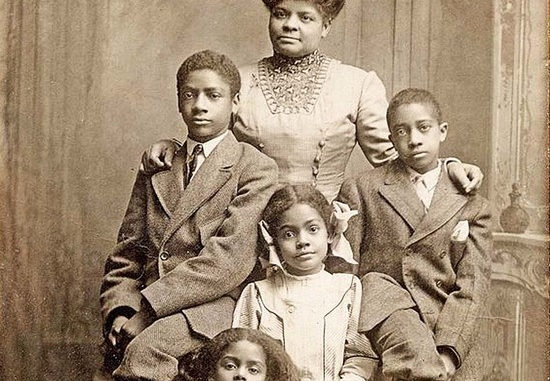
By Dr. Lillian Williams

“The way to right wrongs is to turn the light of truth upon them.”
Those are the words of Ida B. Wells, fearless anti-lynching crusader of the late 19th and early 20th centuries, and a founding member of the National Association for the Advancement of Colored People (NAACP) in 1909.
What’s significant for seekers of social justice today are the history lessons her story holds.
The daughter of slaves, Wells grew up in Holly Springs, Mississippi, attended Rust College, and taught school for a short time in Memphis, Tennessee, before she lost her job for protesting the inferior public schools for blacks. She then turned her energies toward the anti-lynching crusade after a white mob murdered three friends in 1892.
In journalistic tradition, Wells laid bare the facts about that lynching, first as a reporter and co-owner of Free Speech, a weekly newspaper in Memphis, Tennessee, and later as author of two books: “Southern Horrors: Lynch Law in All Its Phases” and “A Red Record.”
In the preface to “A Red Record,” the renowned abolitionist Frederick Douglass wrote about Wells: “You give us what you know and testify from actual knowledge. You have dealt with the facts with cool, painstaking fidelity, and left those naked and uncontradicted facts to speak for themselves.”
In “A Red Record,” Wells reported that in 1892, alone, 241 persons were lynched, the majority of whom were African-American. In the case of one Louisiana man, first his daughter and son were hanged, and their bodies filled with bullets. Then the father was lynched.
Importantly, Wells’ methodical analysis removed a prevailing myth about lynching and revealed underlying causes.
As political scientist Megan Ming Francis explained in her article, “Ida B. Wells and the Economics of Racial Violence,” “According to Wells, once you got past the smoke and mirrors of empty state justifications like “rape,” there was often an underlying economic reason behind the lynching that was tied to labor competition, wages, or work. Economic success—not criminal wrongdoing—explained why many blacks were lynched. In this formulation, racial violence was a means to keep blacks in their place and stymie their economic advancement.”
The effect of Wells’ work still reverberates.
Earlier this year, Google displayed a Doodle on its search landing page honoring a 1917 New York City protest against lynching, known as the Silent Protest Parade. Wells’ investigation, among others, about lynching and anti-black violence in East St. Louis, Illinois, helped to spark that protest, too.
Wells’ anti-lynching crusade was filled with myriad strategies, tactics, and approaches that could bring public awareness to social challenges today — whether housing, education, health, or income inequities. In the area of wage gaps, for example, black women with an advanced degree earn less, slightly more than $7 an hour less, than white men who only have a bachelor’s degree, according to the Economic Policy Institute, a Washington D.C.-based think tank. White male physicians and surgeons earn on average $18 per hour more than black women physicians and surgeons. White male retail salespersons earn more than $9 per hour than black women retail salespersons.
If Wells used the power of her printing presses to bring about awareness in the 1800’s, could everyday citizens use coordinated campaigns (think social media networks such as Twitter, Facebook Live, Instagram, Snapchat, etc.), along with other media platforms, to effect change today?
In a practical guide, here’s what Wells advised her readers to do, in part, in 1895:
“You can help disseminate the facts contained in this book by bringing them to the knowledge of every one with whom you come in contact, to the end that public sentiment may be revolutionized. Let the facts speak for themselves, with you as the medium.
“You can be instrumental in having churches, missionary societies, Y.M.C.A.’s, W.C.T.U.’s (think your own community organizations) and all Christian and moral forces in connection with your religious and social life, pass resolutions of condemnation and protest every time a lynching (think your own social justice issues) takes place; and see that they are sent to the place where these outrages occur.”
In today’s vernacular, Wells might say: First, pick your battles. Second, do your research to determine the message you want to send. Third, select appropriate media outlets. When the going gets tough, remember Ida B. Wells’ axiom: “The way to right wrongs is to turn the light of truth upon them!”

Be the first to comment